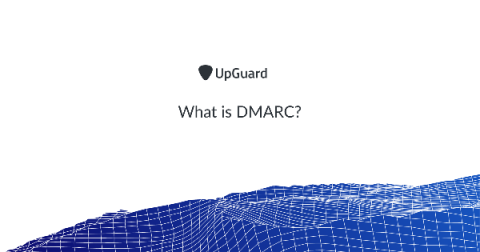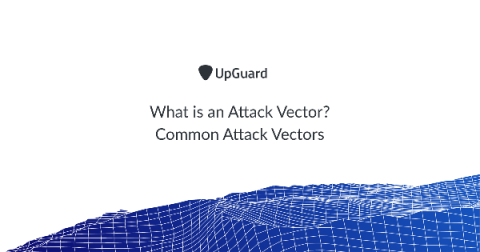Using Splunk Attack Range to Test and Detect Data Destruction (ATT&CK 1485)
Data destruction is an aggressive attack technique observed in several nation-state campaigns. This technique under MITRE ATT&CK 1485, describes actions of adversaries that may “..destroy data and files on specific systems or in large numbers on a network to interrupt availability to systems, services, and network resources. Data destruction is likely to render stored data irrecoverable by forensic techniques through overwriting files or data on local and remote drives”.









